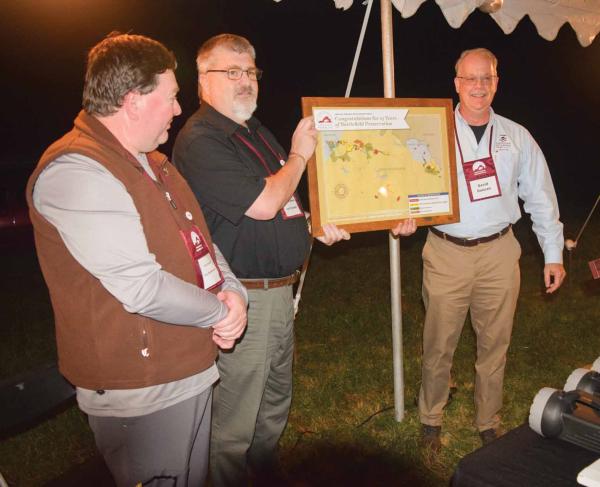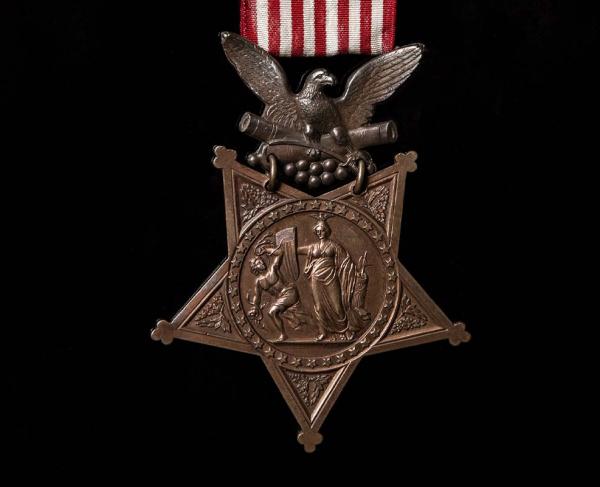"In a truly forlorn condition"
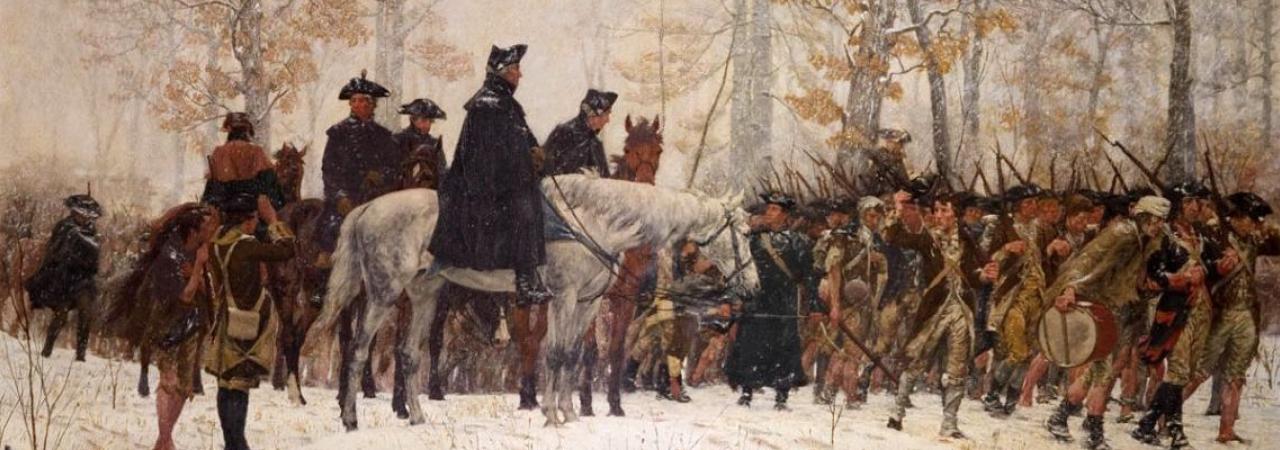
Though battles in the Revolutionary War, War of 1812, and Civil War were fought throughout the year, "General Winter" always posed a unique set of challenges for commanders on where and how to conduct a campaign. In addition to the cold being generally unpleasant, and sometimes fatal for encamped soldiers, heavy periods of snowfall could severely hinder troop movements, which slowed down marches and made for poor battlefield terrain. Supplies became harder to gather as the harvest finished and the fields lay dormant, which meant that more soldiers went hungry and either could not fight as well as they could have, or starved. Usually this meant that generals would simply move their troops somewhere else, which is why a great deal of battles fought from December to February were fought down south or at sea. But commanders did occasionally campaign in the wintertime, often in the early or late periods of the season before the weather turned from bad to worse. This was done for a number of reasons. Some generals were under political pressure to achieve something before the year's end, though the haste to achieve victory was prone to backfire. Others were made desperate by a lack of supplies, and needed to make gains before they ran out and were forced to retreat. Sometimes, commanders conducted warfare in the middle of harsh winter weather, simply because that was the last thing the enemy was expecting. Here is a list of battles from all three wars fought during the season:
Revolutionary War:
Battle of Great Bridge: Described by contemporaries as "a Second Bunker's Hill affair," this battle broke the authority of Virginia's royal governor, the Earl of Dunmore. A small number of British regulars were involved in the fighting, but what makes the battle noticeable for the early years of the war was that it was fought by militia on both sides. This includes Dunmore's "Ethiopian Regiment," which was made up of former slaves hoping to win their freedom by fighting for the British as the Earl had promised.
Battle of Quebec: This battle was the culmination of the Patriot invasion of Canada, which hoped to stir up an uprising by the French-speaking locals against the British. In this, they failed, and though they captured the city of Montreal, their position forced them to continue the campaign to the provincial capital of Quebec. The Americans chose to attack the city during a snowstorm, hoping that the cover would make up for their limited equipment, but the storm soon took a turn for the worse, effectively stalling the American offensive. American general Richard Montgomery was killed in the assault by grapeshot fire, and combined with Benedict Arnold's failed attack, the Continental Army gave up hope and retreated. It was their first major defeat of the war.
Trenton, Princeton, and the Ten Crucial Days: This brief campaign could have ended in disaster for General Washington and his men, whom the British forced out of New York only months before. Threatened with desertion as the weather turned worse and his recruits felt a need to return to their homesteads, Washington gambled his survival on a desperate maneuver to cross the Delaware River in the middle of the night, surprise the British's Hessian mercenary allies, and stay on the move before reinforcements arrived. Against almost all odds, the plan worked. Though many Continentals suffered or died from exposure during the cross and on the march, Washington captured an entire regiment of German troops at Trenton, then went on to defeat the British Rear Guard under Lord Cornwallis at the Battle of Princeton. This was a shocking turn of events in favor of Washington, and just the boost in morale that he needed to preserve the war effort.

White Marsh and Valley Forge: The Battle of White Marsh was the last fought before the Continental Army's winter ordeal at Valley Forge. After the British Army under General William Howe captured and occupied Philadelphia, Washington was determined not to cede the rest of the colony to the invaders. To drive them out, Washington made another attempt at what he failed to do at Germantown: draw out Howe's forces and crush them in a single decisive engagement. A series of skirmishes took place between the 5th and 8th of December, but Washington failed to bait Howe into a pitched battle, and so both sides retreated. Howe and his men moved back to Philadelphia before leaving the following spring. Washington, on the other hand, returned to Valley Forge with his army, where more than two thousand men would die of the cold, hunger or disease, compared to the hundred-fifty that were killed or wounded at White Marsh.
Kettle Creek: Yet another fight between Patriot and Loyalist militias, Kettle Creek was an example of how the winter had a much less intense effect on the Southern theater of the war. American success in the battle depended on their ability to move quickly through rough terrain and out maneuver their opponents. This would have proved impossible in settings like Pennsylvania or New England at this time of year, but in the much more mild conditions of the Southern backcountry, the patriots were able to do just that.
Cowpens: Another winter battle in the Southern theater, Cowpens became famous as the first major defeat of hated British cavalry colonel Banastre Tarleton and his force of Loyalist dragoons. The Continent force was a coalition of every sort of person fighting in the backcountry, from highly disciplined Continental regulars to skilled militiamen like Daniel Morgan's famous riflemen, as well as newly raised battalions, but this motley collection still managed to overcome Tarleton's force. This battle spelled the beginning of the end for Cornwallis' efforts to subdue the South, and ultimately played a role for the final defeat at Yorktown.
War of 1812
Mississinewa: Though not directly connected to the main theatres of the War of 1812, the Miami were one of the many Indian tribes allied with the British against the Americans, and so much of the fighting on the Detroit frontier took place against them. Though actual casualties in the battle itself were light, the victorious Americans committed extensive property damage against Miami villagers through the next few months, while the American troops struggled to adapt to the freezing cold during the expedition, and so could not honestly claim a complete victory over the Indians.
Capture of Ft. Niagara: Yet another setback for the failed American invasion of Canada, the capture of Fort Niagara ensured British control of the St. Lawrence River, which they would hold until the end of the war. Many of the Americans soldiers assigned to occupy the fort were desperately trying to stay warm instead of keeping watch, which meant that no one was properly prepared for the British assault. British casualties for the battle were extremely light, while over 80 American troops were killed in the fighting or immediate aftermath.
New Orleans: The Battle for New Orleans, which was notable for taking place after the peace treaty at Ghent was signed and was therefore strategically insignificant, earned a permanent place in the American consciousness for its lopsided result. A hastily mustered American force of less than 5,000 not only held its ground against an advancing British army of more than 14,000, it inflicted immense casualties on the invading force while suffering only lightly itself. Some of those that died included Britain's most distinguished officers, such as Edward Packenham, the brother-in-law to the Duke of Wellington himself.
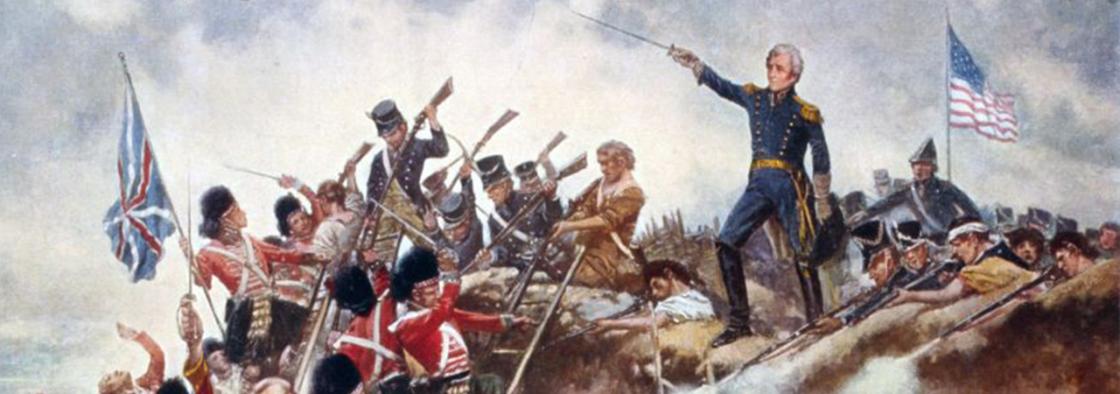
Civil War:
Roanoke Island: This battle was an early victory for Union forces in the Civil War, and had a surprising legacy in the years that followed. The attack on the Confederate forts on the island was the brainchild of Ambrose Burnside, who successfully carried out the assaults in early February, flanking the defending Southerners and forcing them to surrender. The United States controlled Roanoke Island for the rest of the war. While under Union control, the Island became a kind of refuge for both free blacks and escaped slaves, almost forming their own colony while under federal protection. Many worked for the army to earn a living, while others joined the newly-formed United States Colored Troops when the army lifted the ban on black soldiers in 1863.
Fredericksburg: Fredericksburg was one of the worst defeats for the Union Army in the entire war, and a black spot on General Burnside's military career. His plan for the battle involved crossing the Rappahannock River followed by a massive frontal assault on a well-fortified Confederate defensive position. Most generals would have hesitated before such a challenge and the loss of life it would inevitably involve, but President Lincoln needed a victory before the end of the year to keep up support for the war effort, and so Burnside ordered the attack under intense political pressure. Though Union soldiers were able to pierce the first line of defense, over ten thousand men were cut down by Confederate musket and artillery fire, and were ultimately repulsed. Poor weather conditions made matters even worse after the battle for the survivors, especially the wounded. Burnside attempted another assault on Richmond that January during the "Mud March," but terrible weather forced him to turn back to Washington.
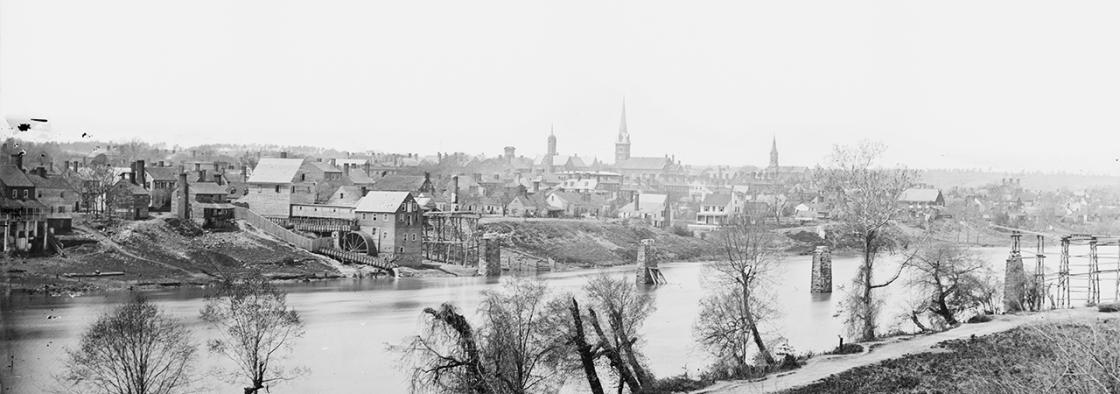
Stones River: Tactically, speaking, the Battle of Stones River was a draw, as both sides suffered horrific casualties in almost equal number. However, General William Rosencrans was able to hold out against two massive assaults by Confederate General Braxton Bragg until Union reinforcements forced the Southern army to retreat. Bragg's army was low on supplies and needed a victory if he was to make any ground to preserve his campaign into Union-occupied territory, and for his failure to break the Union defense, the formerly respected general earned scorn from many of his comrades, but still somehow managed to hold on to command. The Union saw the battle as an important morale booster, and as a sign that the Western army was making much greater progress against the enemy than the one in Virginia. Despite the enormous body count, the battle served as the kind of victory Lincoln needed to maintain confidence in his administration, especially after the disaster at Fredericksburg. He wrote to Rosencrans after the battle saying, "You gave us a hard-earned victory, which had there been a defeat instead, the nation could scarcely have lived over."
Franklin-Nashville Campaign: The Battles of Franklin and Nashville spelled the final defeat for the Confederate forces in the west, in addition to cementing Southern Unionist General George Thomas to one of the most towering figures of the entire war as the "Rock of Chickamauga". Essentially, the fight was a demonstration of Thomas' cautious, but resolute style of command, where the army would attack one flank to draw out reinforcements, then deliver a finishing blow from the opposite side. The Confederate commander, John Bell Hood, retreated his broken army back to Mississippi and resigned his command. The war had now been effectively won in the west.
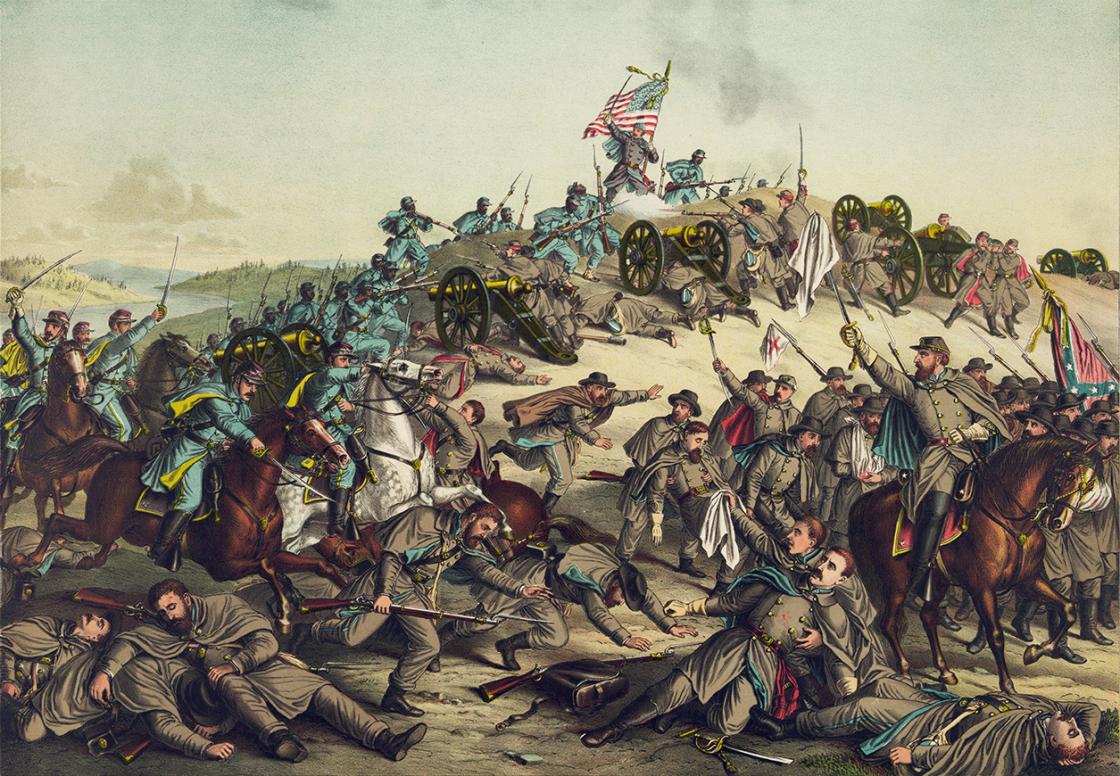
Sherman's March to the Sea: The March to the Sea was one of the most expertly carried out campaigns in military history, especially as it was carried out without supply lines in the middle of winter. Setting it apart from other campaigns of the era, was that the March was not entirely focused on capturing and holding territory or destroying the enemy army, but on destroying the South's capability to wage war at all by destroying agricultural and industry infrastructure, including freeing the enslaved people they encountered along the way. Sherman was not entirely unopposed during the campaign, however. The first battle was at Griswoldville against Confederate General Joseph Wheeler, where Brigadier General Charles Walcutt fought off three enemy brigades with only one of his own. Union cavalry commander Hugh Kilpatrick also defeated Wheeler at Buckhead Creek, and would do so again the following week at Waynesboro. At the end of the March, Sherman had reached the city of Savannah, and took the nearby Ft. McAllister to open up his supply lines and prepare for a siege, but there would be no need. Savannah's mayor surrendered to Sherman without a fight on the 20th of December and General Sherman had his Christmas gift for President Lincoln.
Related Battles
75
270
149
868
252
79
12,500
6,000
